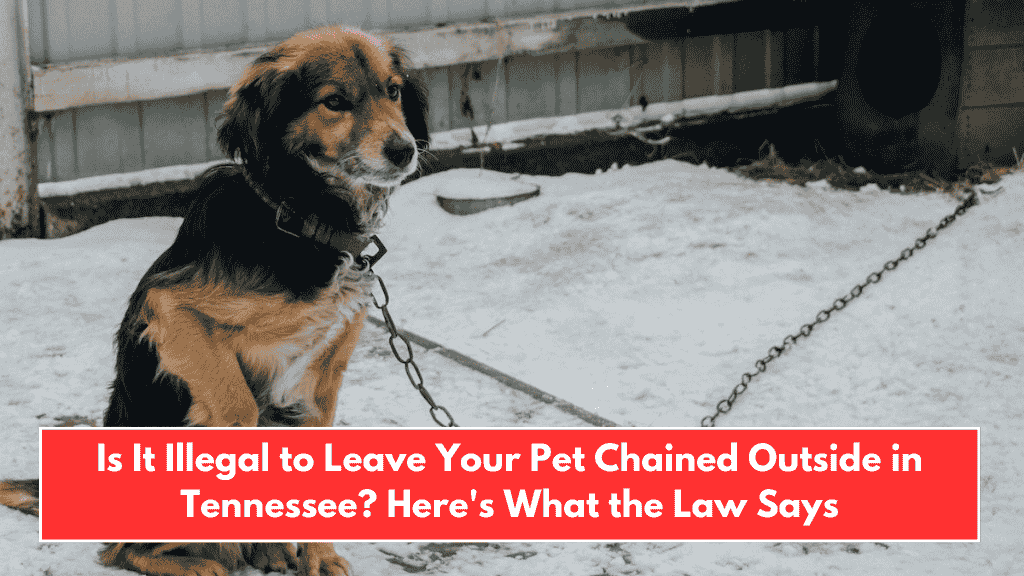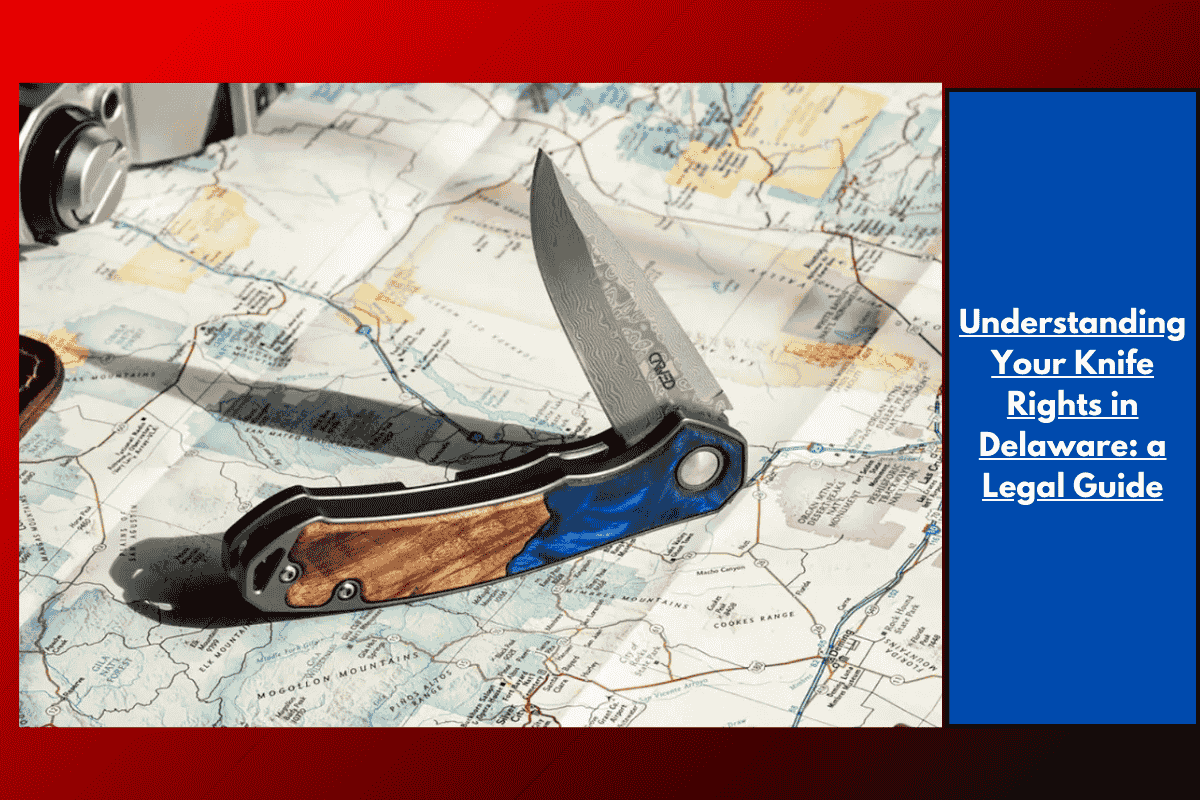This document sets out clear rules about how dogs and other animals should be tethered (tied up) and what is considered adequate space for their movement and safety. These rules are designed to protect animals from harm and discomfort, and to prevent risks to people.
What Does “Adequate Space” Mean?
For animals in enclosures:
Animals must have enough space to stand, sit, lie down, turn around, and move comfortably in a natural way. They must also be able to interact safely with other animals nearby.
For tethered animals:
A tethered animal must have space to do all the above movements. The tether must:
- Match the animal’s age and size
- Be attached using a safe collar, halter, or harness
- Prevent injuries or tangling with objects, fences, or other animals
- Be at least three times the length of the animal (from nose to tail base) unless being walked on a leash
- Not result in more than 12 hours of tethering in a 24-hour period
If movement is harmful due to health reasons, temporary restrictions must follow veterinary guidance.
Tethering Rules for Dogs and Other Animals
It is illegal to tether animals if it creates an unhealthy or dangerous situation.
Unhealthy or dangerous situations include:
- Tethering an animal to a stationary object (tree, fence, post, etc.) for too long
- Allowing the tether to let the animal leave the owner’s property
- Tethering in an unfenced area where people or children could get too close
- Tethering where the animal is at risk of insect bites or attacks by other animals
- Not cleaning the tethered area daily (waste removal)
- Tethering more than one animal to the same cable or trolley line
- Using a tether that is heavier than 1/5th of the animal’s body weight
- Tethering animals between 10:00 p.m. and 6:00 a.m.
- Using a chewable tether on a cable line
- Using a tether that blocks access to food, water, shelter, or exercise
- Tethering with an improper collar or harness, or one that also holds the rabies/license tag
- Tethering in a way that causes:
- Tangling
- Tether going over edges/objects that could cause injury or strangulation
- Animal getting close to or climbing a fence
When Tethering Is Allowed
You can legally tether a dog if you:
- Use a safe running line, pulley, or trolley system (but no choke or pinch collars) and only for a reasonable time
- Are following rules of a recreational area
- Need to tether the dog briefly to complete a temporary task
- Are participating in a licensed activity (like hunting or dog training) under Tennessee law, where tethering is part of the process
These rules make sure animals are tethered only in safe, humane, and controlled ways. They aim to stop neglect, reduce injury risks, and promote proper care. Following these guidelines ensures animals live healthier lives and helps owners avoid legal trouble. Remember—no animal should be tethered longer than 12 hours a day, and safety must always come first.














